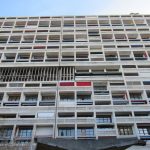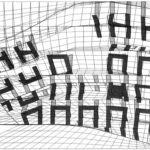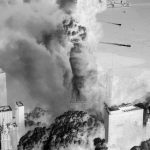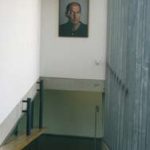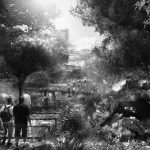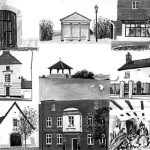Between visible and undetectable violence
Reivew of Eyal Weizman, Forensic Architecture
Eyal Weizman, Forensic Architecture: Violence at the Threshold of Detectability, Zone Books, New York, 2017. 368pp., £32.95 hb., 978 1 93540 886 4 Unequal access to visibility, along with the erasure of traces, determine the partial undetectability of various events of violence, crimes and human rights violations. Such thresholds of detectability consist, according to Eyal […]
